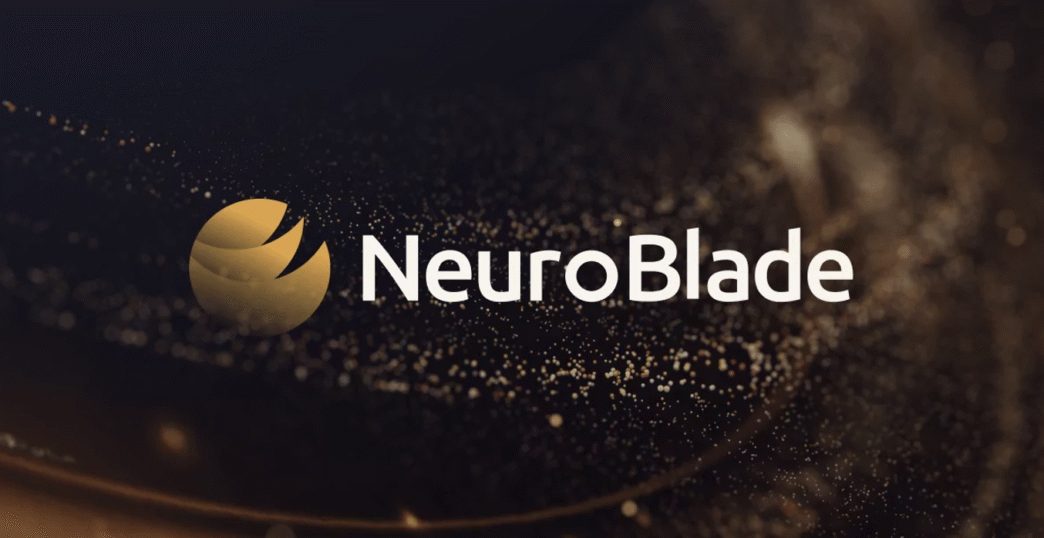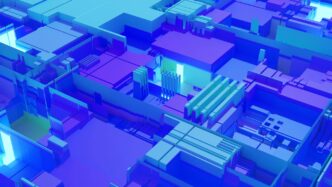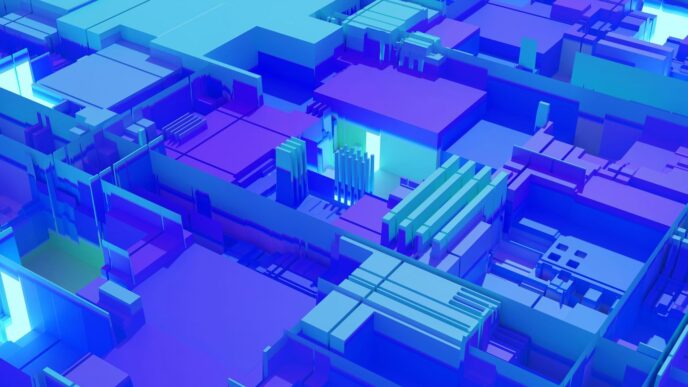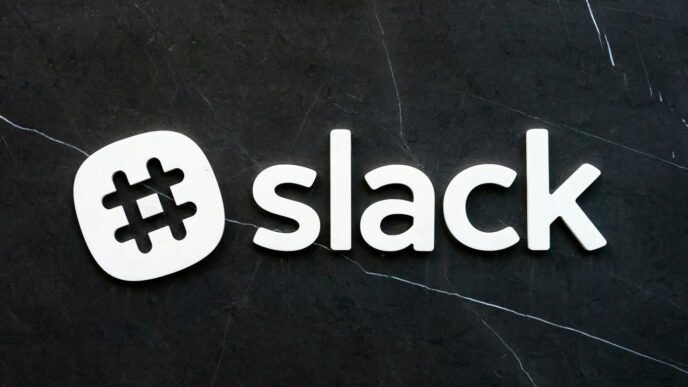Amazon Web Services has reportedly signed a definitive agreement to acquire the core engineering team from Israeli data acceleration startup NeuroBlade, according to an internal letter from CEO Elad Sity obtained by this publication. The team will join AWS’s Annapurna Labs division, where they will lead development of next-generation products.
The transaction represents Amazon’s first significant Israeli acquisition since purchasing Annapurna Labs itself for $370 million in 2015. For AWS, securing NeuroBlade’s engineering talent provides critical expertise in analytics acceleration. This transaction takes place at a time when traditional CPU architectures are struggling to keep pace with exploding data volumes.
Addressing one of the most pressing challenges in data centers
NeuroBlade, founded eight years ago by Sity and CTO Eliad Hillel, developed a specialized SQL Processing Unit that accelerates database queries on massive datasets. The technology addresses one of the most pressing challenges in modern data centers: the inability of general-purpose processors to efficiently handle the exponential growth in analytics workloads.
According to Sity’s letter to employees, the software and system teams joining AWS will focus on scaling the impact of their work exponentially. This suggests AWS plans to integrate NeuroBlade’s acceleration technology across its vast cloud infrastructure, potentially benefiting millions of customers running data-intensive workloads.
The Context
The acquisition comes after years of collaboration between the two companies. NeuroBlade’s technology was already integrated into AWS EC2 F2 instances, enabling customers to accelerate Apache Spark and Presto queries without modifying their applications. AWS had publicly designated NeuroBlade as the analytics acceleration partner for the F2 platform.
Amazon’s Strategy
AWS has been aggressively developing custom silicon to differentiate its cloud services and reduce dependence on traditional chip vendors. The company’s Graviton processors now power a significant portion of its compute instances, while Trainium and Inferentia chips target AI training and inference workloads respectively. Adding analytics acceleration capabilities to this portfolio strengthens AWS’s position against competitors who rely primarily on off-the-shelf hardware.
The transaction structure, focusing on the engineering team rather than the company itself, reflects a targeted approach to acquiring specialized talent. Annapurna Labs, where the NeuroBlade team will be based, has become AWS’s center of excellence for custom silicon development. The facility, located in Israel, has grown into one of Amazon’s most important hardware development centers outside the United States.
For Israel’s technology ecosystem, the deal validates the country’s continued importance in semiconductor innovation. Both Sity and Hillel are veterans of Unit 81, an elite intelligence corps unit known for producing talented technologists.
The acquisition signals intensifying competition in cloud infrastructure as providers race to offer specialized acceleration for different workload types. Google has developed Tensor Processing Units for AI, Microsoft recently unveiled its Maia processors, and other cloud providers are exploring similar custom silicon strategies. In this context, AWS’s move to bring analytics acceleration in-house appears both defensive and offensive.
The deal underscores a fundamental shift in computing architecture. The era of using general-purpose processors for all workloads is ending, replaced by specialized accelerators optimized for specific tasks. Just as GPUs transformed AI computing, purpose-built analytics processors may reshape how organizations process and analyze data at scale.
For the NeuroBlade team joining AWS, the opportunity to utilize their skills in developing specialized processors and optimized software stacks across one of the world’s largest cloud infrastructures represents the culmination of eight years of development. As Sity noted in his letter, this new chapter will allow their work to scale exponentially, transforming what was once a promising startup technology into a foundational component of modern cloud infrastructure.














